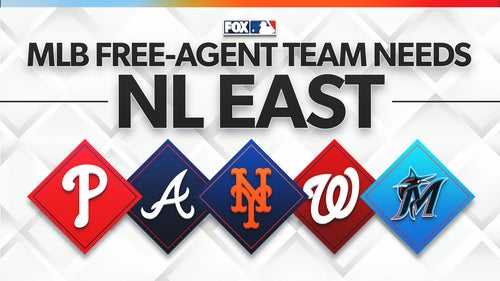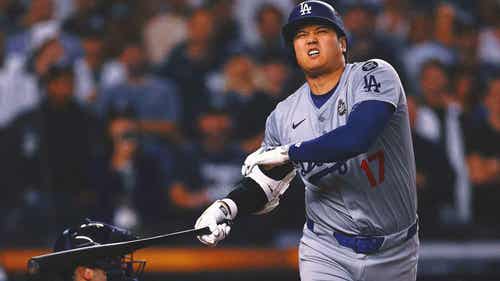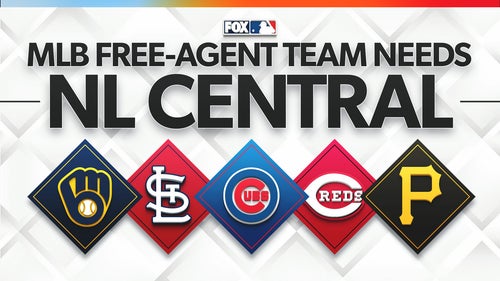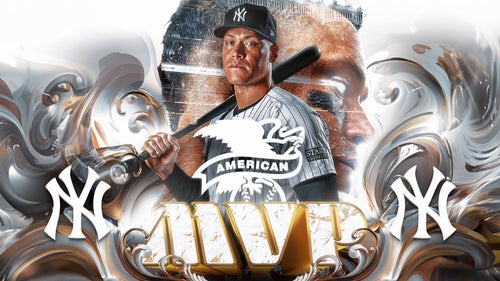Ready, aim, duck: MLB pitchers living on the wild side
PHOENIX (AP) — The guys on the mound in Major League Baseball can have their pitches measured in a variety of ways, whether it's spin rate, speed or angle into the strike zone. The goal is simple: finding ways to hurl the baseball toward the plate as violently and unpredictably as possible.
That's resulting in a whole lot of pain for batters — literally.
MLB pitchers are hitting batters and throwing more wild pitches than at any time since 1900, according to baseball-reference.com. When baseballs are flying toward hitters at 95 mph or higher, that can obviously be quite dangerous.
Just ask Phillies star Bryce Harper,
“We’ve brought guys up in a velocity world,” Marlins manager Don Mattingly said. “We gotta throw harder, you gotta get more spin rate, guys are trying to get more all the time. When you do that, you’re sacrificing the accuracy of what you’re doing.”
The number of batters hit by a pitch, along with wild pitches, have steadily increased over the past decade. Teams are getting hit at a rate of 0.47 times per game in 2021, which is up from 0.32 in 2011. Wild pitches have increased to 0.40 from 0.32 over the same span.
The reasons behind the trend toward the wild side are varied. Pitchers are certainly throwing as hard as ever and nasty breaking balls in the dirt are tough for catchers to block.
D-backs veteran catcher Stephen Vogt said pitching philosophy has changed dramatically during his 15 years in professional baseball. The effective low and outside corner pitch — think Greg Maddux — isn't nearly as effective anymore.
“If you throw out, you’re gonna get crushed,” Vogt said. “You have to be able to hit that inside corner.”
Mattingly agreed with Vogt, saying that analytics have played into the trend of HBPs. The numbers say that hard-throwing pitchers who can hit spots high and tight in the strike zone are going to have a lot of success.
“Basically, the top of that box, inside to a righty or a lefty, it’s one of those pitches that it’s really hard to do anything with it,” Mattingly said. “So if you can hit that corner, inside to a lefty or righty, it’s an out or a strike. And when that misses, it runs at you as a hitter.
“That’s where you see guys getting hit a lot.”
It's also the case that retaliation isn't as common in today's game. Diamondbacks manager Torey Lovullo played in the 1980s and 1990s and said too many HBPs would often lead to trouble.
“I don’t want to sound like the old cowboy here, but it used to be an eye for an eye," Lovullo said. "If one guy got hit, you can darn well be sure that someone on their team was going to get hit depending on who it was.
“I don’t necessarily believe in that philosophy. I don’t think a lot of managers believe in that in today’s game. Nobody’s trying to intentionally hit someone.”
Lovullo said not all the blame can be placed on pitchers. Batters aren't always shy about claiming real estate close to the zone.
“Guys are on the plate, they want to launch the ball to the pull side,” the manager said. “Therefore, they’re crowding the plate, with less space and I think pitches get away and they’re clipping guys.”
___
More AP MLB: https://apnews.com/hub/MLB and https://twitter.com/AP_Sports









